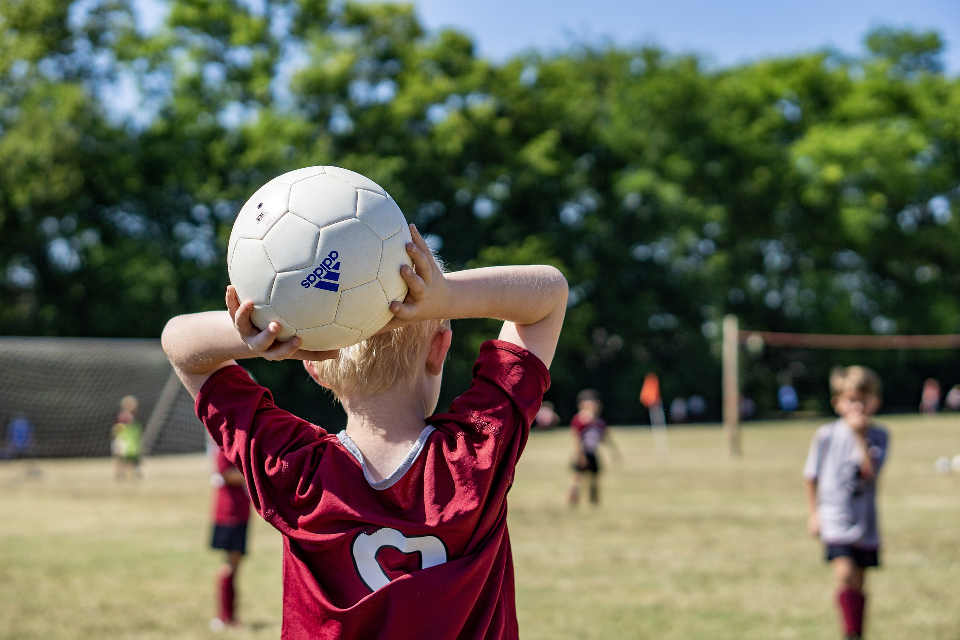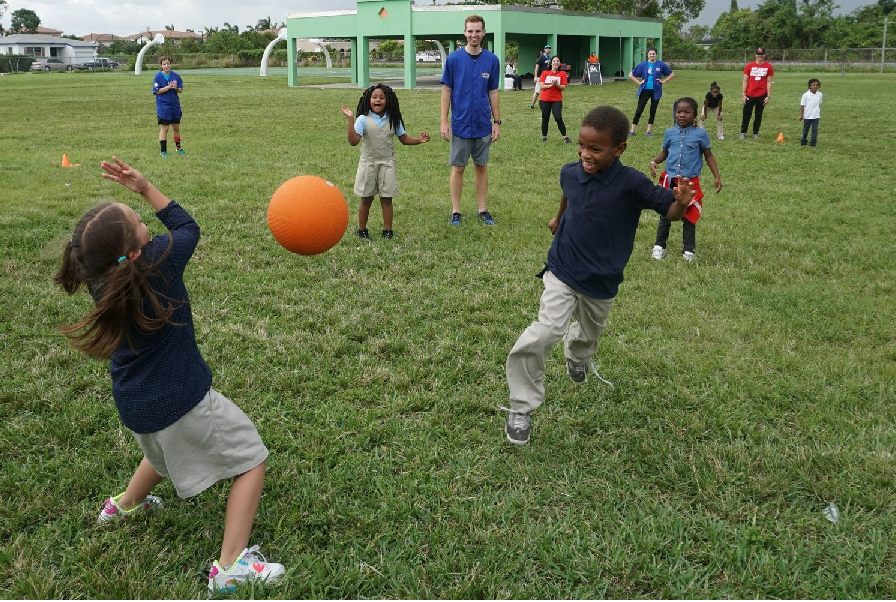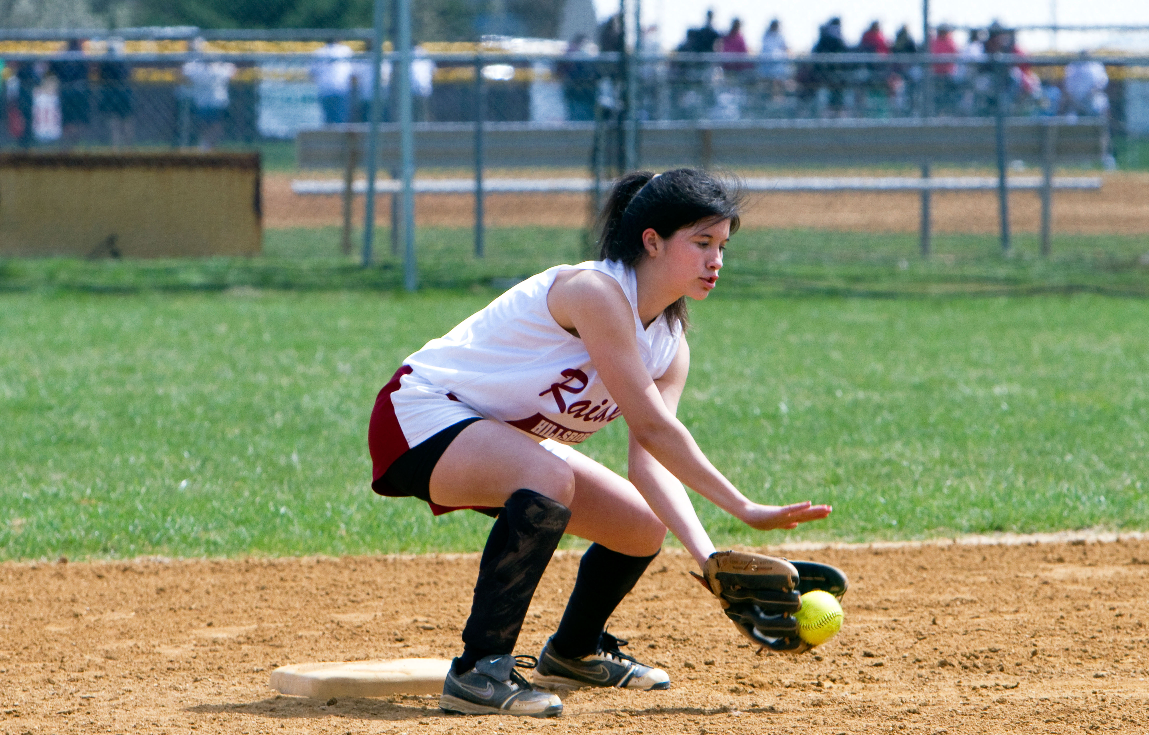Elementary | Daily Do
How Do Pushes and Pulls Help Us Play?

Crosscutting Concepts Disciplinary Core Ideas Is Lesson Plan NGSS Phenomena Physical Science Science and Engineering Practices Three-Dimensional Learning Elementary
Sensemaking Checklist




Introduction
Summer has officially arrived! Time to grab a ball and head out into the yard, playground, or park to play. Kicking, catching, and throwing balls with family and friends can be a lot of fun, but did you know these activities can also help young children learn science?
In today's task, How Do Pushes and Pulls Help Us Play?, students and their families engage in science and engineering practices and use the thinking tools of cause and effect to make sense of science ideas about pushes and pulls.

What Can Pushes and Pulls Do?
Materials
- red rubber ball or soccer ball (you can use a smaller ball if you are passing it around a circle)
- poster or chart paper and markers (and easel if using outdoors)
Note: If you choose to do small-group investigations, you will need one ball for each small group.

You might begin by playing a game of kickball or soccer with your students, or any other game that provides opportunities for students to move a ball in many different ways (starting the ball in motion, stopping the ball, changing the direction the ball is moving, and changing the speed the ball is moving). You could also sit together in a circle and have students pass the ball to one another across the circle.
After you've been playing the game for a little while, say to your students, "Wow! We've moved the ball in so many different ways! Let's play a little longer. What are different ways you notice the ball moving? What do you wonder?" Continue the game.
Bring all the students together. Ask, "What are some of the ways the ball moved while we were playing the game?" Ask students to turn to a partner and tell them what they noticed. As you walk from pair to pair, ensure that both partners are taking turns talking. You might also ask probing questions like these:

- I hear you say you saw the ball rolling on the ground. What is something that is the same about the way the ball rolled each time? What is something that is different?
- When was the ball moving? When was the ball not moving?
- Did you know which direction the ball would go? How did you know?
Ask students to share their own observation or a partner's observation about the ways the ball moved and create a class list. This list might include the following:
- the ball was rolling (fast and/or slow);
- the ball stopped moving;
- the ball started moving; and
- the ball moved in one direction, then changed direction.
It is acceptable if not all of these ideas surface. You can provide additional opportunities for students to observe the motion of objects when pushed or pulled.
Record any questions students ask about what they observed, too.
Ask students, "How did we get the ball to move in all these different ways?" Ask students to share ideas with a partner. Your students might use gestures of kicking, throwing, and catching a ball to communicate their ideas with a partner. As you move from pair to pair, you might ask, "How is a kick like a throw?" or "How is a kick like a catch with your foot?" or "How is throw like a catch?" Listen for students to use the words push or pull.

Bring the students back together. Ask the students who used the words push or pull to describe kicks, throws, and/or catches. Ask students, "Do you think pushes and pulls on the ball can explain all of the ways the ball moved when we played our game? How might we investigate?" Students will likely say, "Let's push and pull the ball and find out!"
Put students in small groups and give each group a ball. Task each group to try to get the ball to move in all the ways on the class observed using a push or a pull (or you might give them one thing to try at a time, saying, "Can you get the ball to start moving with a push or a pull?"). As you move from group to group, ask students to demonstrate what they've figured out. If students show you making the ball start moving with a push, ask them, "Do you think you get the ball to start moving with a pull?" (And vice versa).
When you see that most of the groups have figured out how to use pushes and/or pulls to move the balls in all the ways observed, get the class's attention. Ask, "Would you show me in your groups how to start a ball moving with a push? With a pull?" If a group hasn't figured out how to start moving the ball with a pull, let them watch another group, then try it.
Write push and pull next to the ball that started moving.
Continue with each observed motion on the class list. As you move from group to group, you might ask questions like these:
- Would you show me a push on the ball? A pull?
- (When the ball is rolling) Are you still pushing/pulling on the ball now?
- Can you use a push/pull to make the ball slow down without stopping it? Speed up without stopping it?
- Can you make the ball go in a different direction without pushing it? Pulling it?
Students should be able to move the ball in all of the ways observed using pushes and pulls.
After returning to the classroom, you might ask, "Can you think of ways you use pushes and pulls at school or at home to move things like we moved the ball?" You could ask students to draw a picture of themselves using a push or a pull (model).
As you move around the room, you might ask,
- Is your push/pull making this (point to object) start moving? How could you show it is moving?
- Is your push/pull making this (point to object) stop moving? How could you show it stopped moving?
- Are you giving this (point to object) a big push or a small push? How could you show it's a big/little push?
- Was this (point to object) moving before you pushed/pulled it? How could you show the direction you are pushing/pulling it?
Give students an opportunity to share their model with a partner. Make sure each partner gets a turn to talk.
Look back to student questions you recorded and ask students if they can answer any of them. You might ask, "Which question do you think we should try to answer next?"
Consider administering the formative assessment probe Marble Roll with students, which provides an opportunity to both assess students' understanding of what pushes and pulls can do and deepen their thinking.

